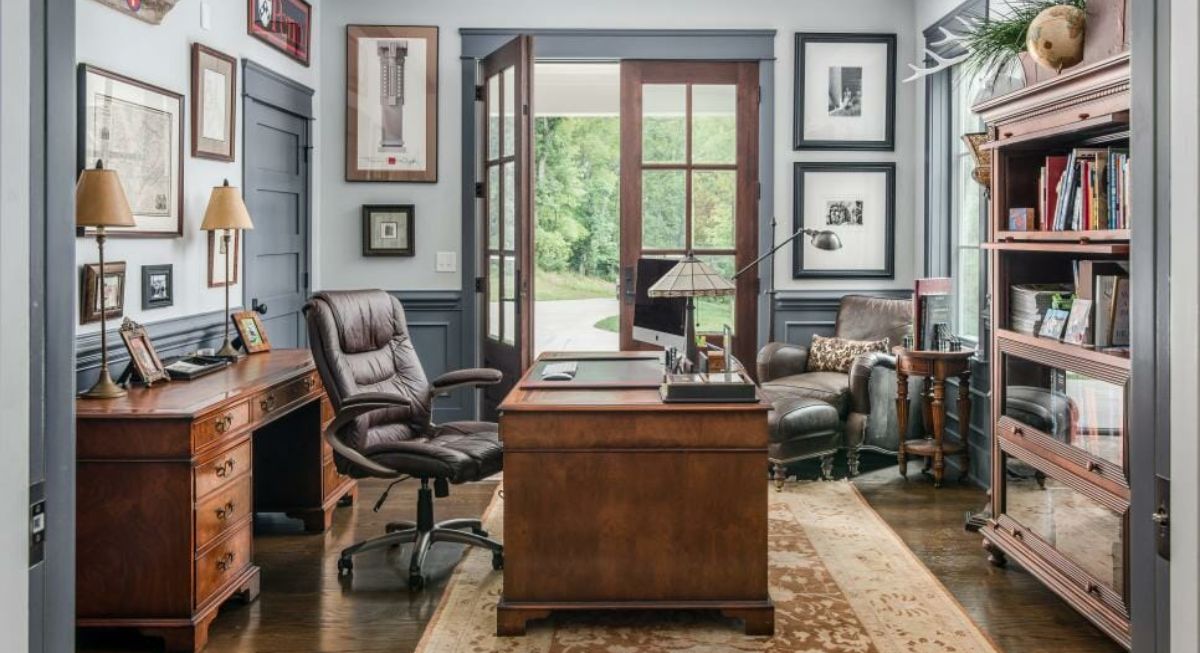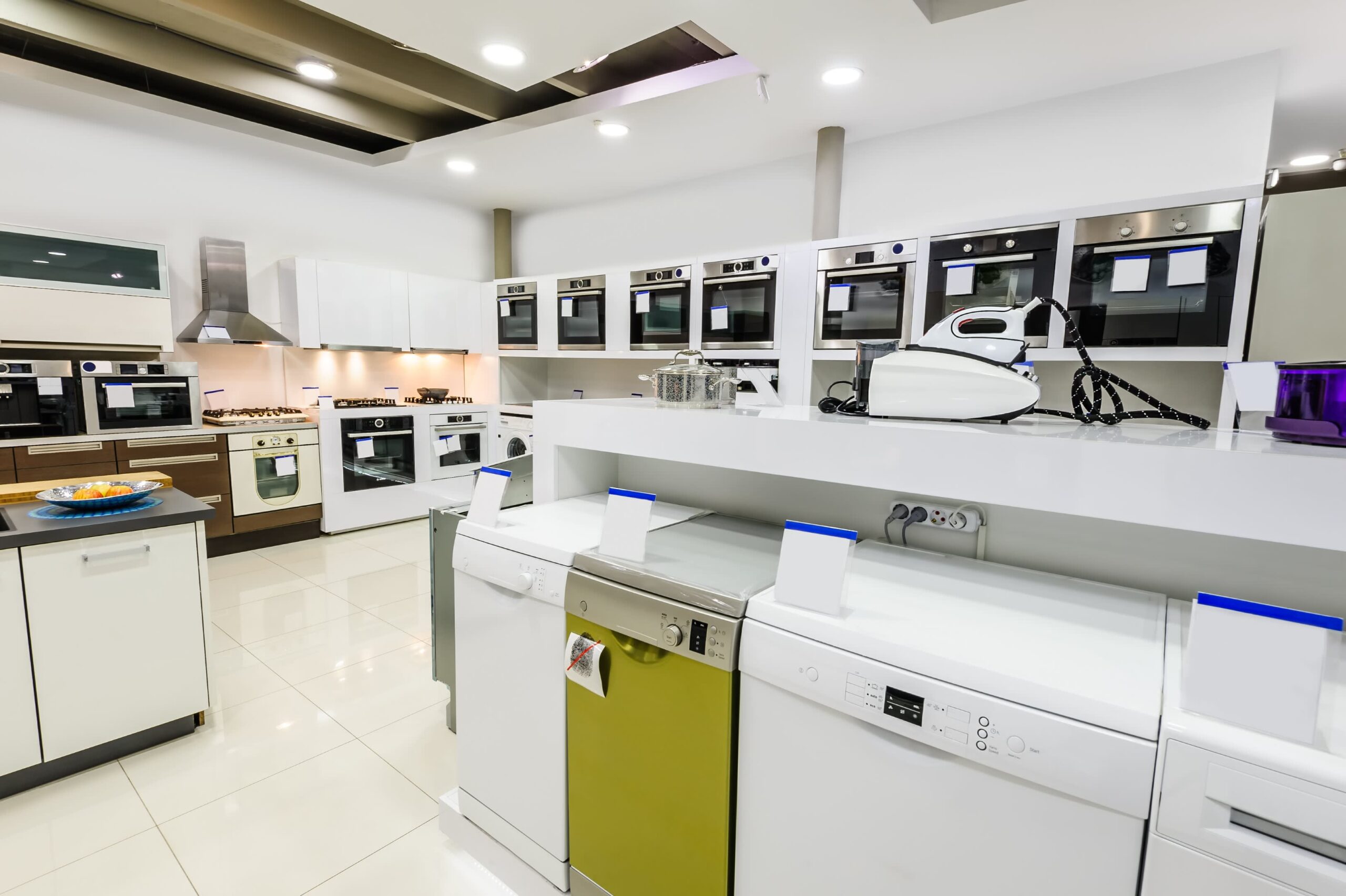More people are working from home now, changing how we use our homes. Having a good office at home is important for getting work done well. In this article, we’ll discuss why a good home office matters and give tips for making your own. We’ll cover things like making it comfy to work in, using the right technology, and making it suit your style without spending too much money. By the end, you’ll have ideas to make a home office that helps you work better and feel good
Assessing Your Needs
Understanding your work habits and requirements:
To set up an effective home office, it’s crucial to consider how you work best. Think about your daily work routine, the tasks you perform, and the tools you use. For instance, if you need a lot of desk space for multiple monitors or paperwork, that’s important to note. Understanding if you prefer a quiet environment or if you frequently have video meetings can also guide your setup choices.
Evaluating available space for the home office:
Look around your home to find the best spot for your office. It could be a spare room, a nook in the living room, or even a corner in your bedroom. Consider the space available and how it fits your work requirements. Take measurements and assess factors like natural light, noise levels, and accessibility to power outlets.
Identifying essential elements for an efficient workspace:
Once you’ve chosen your space, pinpoint the essentials for your work area. This could include a suitable desk and chair that promote good posture and comfort. Good lighting, whether it’s natural or artificial, is really important. Additionally, consider storage solutions for files, supplies, and equipment you frequently use. If you have specific tools or gadgets integral to your work, ensure they have a designated place within reach.
Floor Types for Your Home Office:
When it comes to flooring for your home office, several options cater to different needs and preferences.
1. Hardwood:
Clean Prefinished hardwood floors exude elegance and are relatively easy to maintain. They offer a timeless look that can complement various office designs. While Clean Prefinished hardwood may not be as forgiving on dropped items, it’s durable and can last for many years with proper care.”
2. Laminate:
Laminate flooring resembles hardwood but is typically more affordable and easier to clean. It’s a great choice if you want the appearance of wood without the higher cost or extensive maintenance. Laminate is also quite durable and resistant to scratches and stains.
3. Vinyl:
Vinyl flooring comes in various styles, including planks or tiles that can mimic the appearance of wood or stone. It’s a versatile and cost-effective option that offers durability and easy maintenance. Vinyl is often water-resistant, making it suitable for areas prone to spills.
Designing an Ergonomic Workspace
Creating an ergonomic workspace is key to fostering comfort, productivity, and overall well-being while working from home. From choosing the right location within your home to selecting furniture that supports your body, every aspect plays a vital role in crafting a workspace that promotes health and efficiency. Let’s explore the foundational elements essential for designing an ergonomic home office that optimizes your work experience.
Picking the best spot inside the house:
Selecting the optimal spot for your home office is crucial. Consider a space that offers natural light, minimal distractions, and enough room to accommodate your work setup comfortably. Look for an area that allows you to separate work from home life as much as possible. Avoid high-traffic zones to minimize disruptions and aim for a spot that promotes focus and productivity.
Ergonomic furniture and its impact on health and productivity:
Invest in ergonomic furniture designed to support your body while working. An ergonomic chair that provides proper lumbar support and adjustable features can reduce the risk of back strain or discomfort during long hours of work. Pair it with a desk at the right height to maintain good posture and reduce strain on your wrists and neck. Ergonomic accessories like keyboard trays and monitor stands can further enhance comfort and productivity.
Optimizing lighting, acoustics, and air quality for a healthy workspace:
Lighting plays a significant role in productivity and mood. Aim for a combination of natural and artificial lighting to reduce eye strain and create a well-lit environment. Adjust window coverings to control glare and consider task lighting for specific work areas. Additionally, pay attention to acoustics by using rugs, curtains, or sound-absorbing materials to minimize noise distractions. Ensure good air quality by incorporating plants or investing in air purifiers to create a healthier workspace environment.
Enhancing comfort and acoustics with rugs:
Rugs, such as the leaf rug, can contribute significantly to the comfort and functionality of your home office space. Placing a rug like the leaf design under your desk and chair can provide cushioning and support, reducing fatigue from prolonged standing or sitting. Opt for rugs with a dense pile or padding to offer a softer surface underfoot.
Moreover, rugs, particularly ones with unique designs like the leaf rug pattern, can aid in sound absorption, especially in rooms with hard flooring. They help dampen noise, creating a quieter and more conducive environment for focused work. Consider using area rugs or runners strategically placed to minimize echoes and distractions, particularly in spaces with high ceilings or hard surfaces that tend to amplify sound.
Choosing Decorative Elements for Ambiance:
Enhancing the aesthetics of your home office is an essential aspect of creating a space that not only supports productivity but also reflects your personal style. Consider the following decorative elements to infuse ambiance into your work environment.
Artwork and Wall Decor:
Add character to your home office by incorporating artwork or wall decor. Choose pieces that resonate with your taste and inspire creativity. Whether it’s vibrant paintings, motivational quotes, or a gallery wall, these additions can transform your workspace into an aesthetically pleasing and motivating zone.
Plants for a Fresh Touch:
Introduce indoor plants to bring a touch of nature to your home office. Not only do plants contribute to improved air quality, but they also create a visually appealing and calming atmosphere. Select low-maintenance plants like succulents or snake plants that thrive in indoor environments.
Personalized Touch with Accessories:
Infuse personality into your home office with carefully selected accessories. Consider items like unique desk organizers, stylish stationery, or sentimental trinkets. These personal touches can make your workspace feel more inviting and tailored to your preferences.
Adjustable Lighting Fixtures:
Customize the lighting in your home office with adjustable fixtures. Task lighting, such as desk lamps or pendant lights, allows you to control the brightness based on your specific work needs. Experiment with different lighting sources to create a well-lit and visually pleasing atmosphere.
Styling Your Home Office for Success:
Now that you’ve established a functional and visually appealing home office, it’s time to focus on styling it for success. Consider the following tips to optimize your workspace for productivity and well-being.
Daily Routine and Organization:
Establish a daily routine that aligns with your work hours. Prioritize tasks, set clear goals, and organize your workspace at the beginning and end of each workday. A clutter-free and organized environment fosters a more focused and efficient work experience.
Incorporating Break Spaces:
Designate areas within your home office for short breaks and moments of relaxation. Whether it’s a cozy reading nook or a comfortable lounge chair, having dedicated spaces for brief respites can enhance your overall well-being and prevent burnout.
Technology Integration:
Ensure seamless integration of technology within your home office. Invest in cable organizers to minimize clutter, use wireless charging solutions for devices, and optimize your desk layout to accommodate your technology needs. A well-integrated tech setup contributes to a streamlined and efficient work environment.
Mindful Ergonomics:
Regularly assess the ergonomics of your workspace to promote physical well-being. Adjust chair height, monitor placement, and keyboard position to minimize strain on your body. Incorporate ergonomic accessories like wrist rests or footrests for added comfort during prolonged work sessions.
Conclusion:
Creating a comfy home office that suits you is super important for doing good work and feeling great while working from home. Think about where to put your workspace, get comfy furniture, good lights, and pick the right floor type and rugs. These things help you work better and feel happier. Spending time setting up a nice home office isn’t just about work—it also makes your time at home more awesome!




